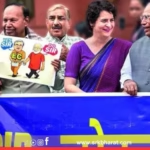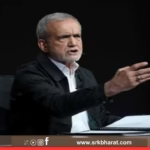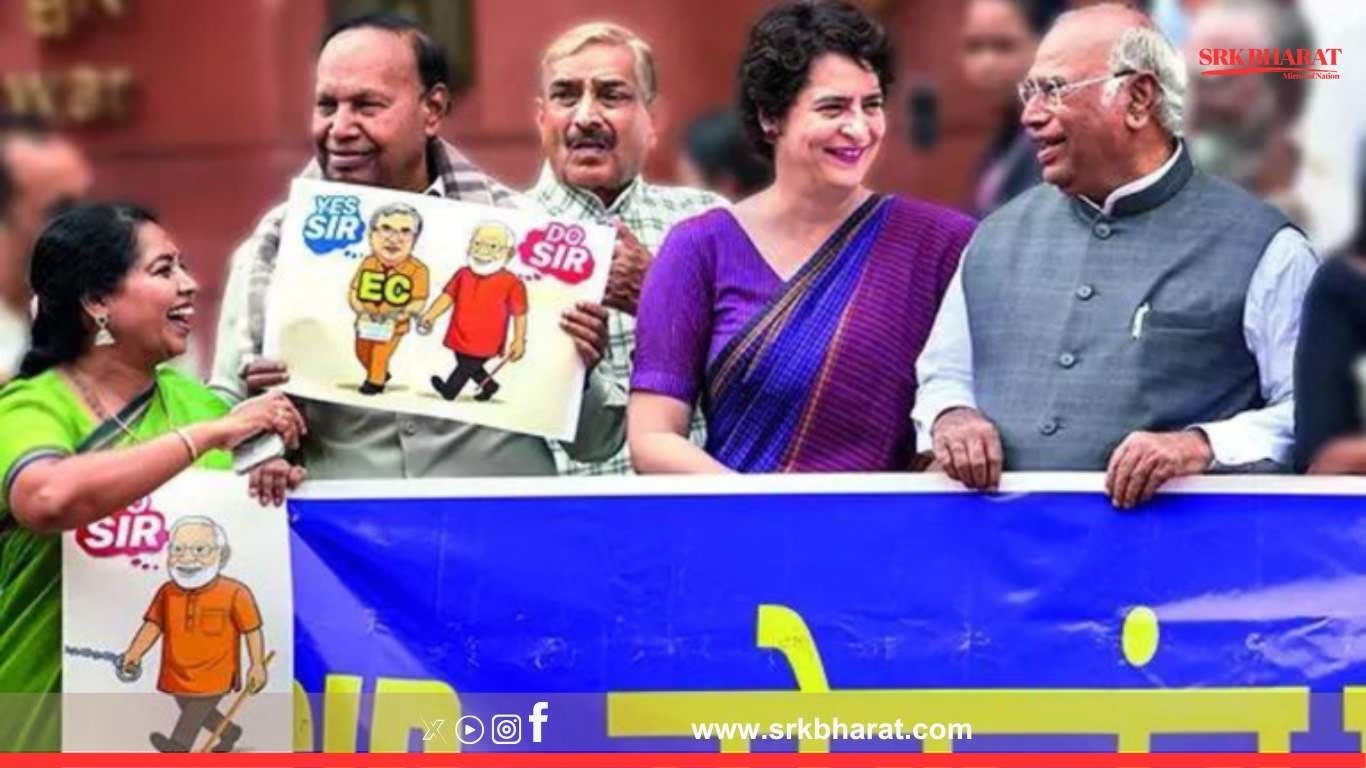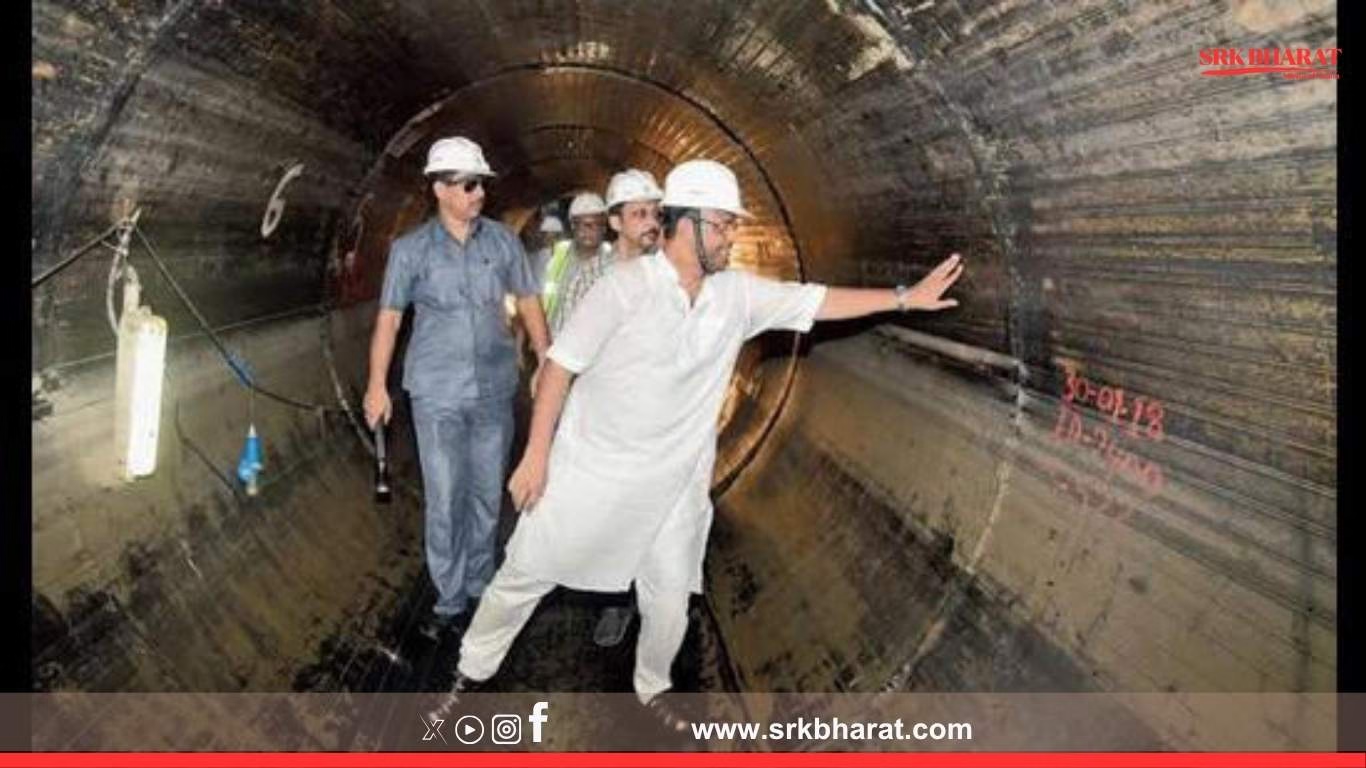In a statement that has reignited a national debate over migration, identity, and national security, Tamil Nadu Governor R.N. Ravi recently described the demographic changes taking place in Assam and West Bengal as a “ticking time bomb” that could have far-reaching implications for the nation’s internal stability. Speaking at a policy dialogue, the Governor expressed concern about unchecked demographic transitions, allegedly driven by illegal immigration, particularly from Bangladesh, and their possible long-term social, cultural, and geopolitical consequences.
Governor Ravi’s remarks have stirred strong reactions across the political spectrum, with some applauding his candor while others have criticized the remarks as politically motivated or communally charged. However, his comments reflect an underlying anxiety shared by several northeastern and eastern Indian states over issues of identity dilution, resource competition, and the integrity of democratic representation.
A Closer Look at the Governor’s Remarks
Governor R.N. Ravi, a former Intelligence Bureau officer and interlocutor for Naga peace talks, emphasized that the population growth patterns in certain border districts of Assam and West Bengal were not consistent with national demographic trends. He stated:
“In some regions of Assam and West Bengal, especially those sharing porous borders, demographic changes have occurred at an abnormal pace. This cannot be treated as a routine population shift—it is a national security issue. Left unaddressed, this demographic time bomb will explode with social and political consequences.”
While not naming any particular community, the implicit suggestion was that large-scale illegal immigration from Bangladesh has led to a religious and cultural transformation in border areas, raising concerns about ethnic marginalization and the erosion of native cultural identities.
Demographic Patterns in Assam and Bengal
Both Assam and West Bengal share a long and porous border with Bangladesh—stretching over 4,000 kilometers collectively. According to data from successive census reports and local surveys, specific districts in these states have seen sharp increases in population, particularly in Muslim-majority areas.
| State | Districts with High Growth | Decadal Population Growth (2001–2011) | Muslim Population % (2011 Census) |
|---|---|---|---|
| Assam | Dhubri, Goalpara, Barpeta, Nagaon | 20%–24% | 55%–79% |
| West Bengal | Murshidabad, Malda, Uttar Dinajpur | 21%–26% | 50%–67% |
These figures stand in contrast to the national average decadal growth rate of 17.7% and suggest a population pattern driven by factors beyond organic fertility rates—fueling speculation about cross-border migration.
Impact on Electoral Demographics
Changing demographics have begun to reshape political equations in these states. Political analysts argue that the rising population of migrant communities is influencing voting patterns, constituency reconfigurations, and even state policies.
| Constituency | State | Rise in Minority Voter Share (1991–2024) |
|---|---|---|
| Basirhat | West Bengal | 35% → 61% |
| Dhubri | Assam | 40% → 74% |
| Malda South | West Bengal | 38% → 58% |
| Nagaon | Assam | 44% → 67% |
Several parties have built vote banks around these shifts, sparking allegations of appeasement politics by opposition leaders and Hindu nationalist groups. The BJP and allied organizations have repeatedly flagged this issue as critical for maintaining India’s demographic and cultural balance.
Historical Context of Migration
The issue of migration from Bangladesh is not new. The 1971 Bangladesh Liberation War resulted in millions of refugees seeking shelter in India, particularly in Assam and West Bengal. While many were repatriated or granted citizenship under humanitarian grounds, successive waves of undocumented migrants continued to enter India in the following decades due to economic, religious, and political reasons.
In Assam, this has been an especially contentious issue. The Assam Movement (1979–1985), spearheaded by the All Assam Students Union (AASU), demanded the detection, deletion, and deportation of illegal migrants. It culminated in the Assam Accord of 1985, which set March 24, 1971, as the cut-off date for citizenship.
Despite the accord, implementation has remained partial and sporadic, leading to repeated flare-ups in public resentment and periodic bouts of violence. The recently completed National Register of Citizens (NRC) in Assam left out nearly 19 lakh people—many of whom claim to be legitimate residents, further complicating the situation.
Socio-Cultural Implications
Beyond electoral politics, there are concerns that rapid demographic shifts are straining local resources, distorting traditional cultural compositions, and intensifying ethnic tensions. Indigenous communities in Assam have expressed fear of being reduced to minorities in their ancestral lands. Similarly, the Rajbanshi and tribal communities in West Bengal’s northern districts have voiced apprehensions over their dwindling cultural footprint.
The Governor’s comments, viewed through this lens, underscore a wider anxiety about the loss of linguistic, religious, and cultural identities—an issue that resonates deeply in states with strong regional pride.
Political Reactions
The remarks have triggered a sharp political divide:
- BJP leaders have supported the Governor’s statement, calling it a timely reminder of a festering problem.
- TMC and Congress leaders have condemned the remarks, accusing the Governor of attempting to communalize the issue.
- Civil society groups in Tamil Nadu, meanwhile, have questioned why a southern Governor is commenting on eastern and northeastern states.
In response, Raj Bhavan clarified that the Governor made the comments in a personal capacity as a former security expert and that they were not aimed at any religion or ethnic group.
National Security Angle
Security experts argue that unchecked demographic shifts in sensitive border areas can create “de facto enclaves” of foreign influence. These regions become vulnerable to radicalization, smuggling networks, and cross-border infiltration. Border districts like Cooch Behar, Murshidabad, and Karimganj have already witnessed such challenges, according to multiple intelligence reports.
Increased fencing, surveillance, and joint border management exercises between India and Bangladesh have helped to some extent, but human trafficking and undocumented migration remain significant concerns due to geographical and political complexities.
Is There a Way Forward?
To address the root causes of demographic imbalance without inciting panic or prejudice, experts recommend:
- Strict border enforcement using advanced surveillance and biometric tracking
- Fast-tracked implementation of the NRC, but with fairness and due process
- Robust refugee policy framework that balances humanitarian concerns with national interest
- Community integration programs to prevent ghettoization and ethnic tension
- Bilateral cooperation with Bangladesh to curb illegal migration at the source
In the absence of a national consensus and a well-drafted legal roadmap, political statements alone may worsen the social divide rather than solve it.
Conclusion
The demographic shift in Assam and Bengal, as described by Tamil Nadu Governor R.N. Ravi as a “ticking time bomb”, has reignited one of India’s most sensitive debates. While the data does point to significant population changes in border districts, the reasons are complex—ranging from historical displacement to contemporary governance failures.
Addressing this issue requires more than rhetoric—it calls for compassionate policy, cooperative federalism, and most importantly, respect for human dignity across all communities. If left unchecked, the demographic anxiety could indeed evolve into a socio-political crisis. But if addressed with foresight and fairness, it can also become an opportunity to reaffirm India’s inclusive democratic ethos.
Disclaimer:
This article presents an analytical perspective based on public data, expert opinions, and demographic trends. The content is intended for informative purposes and does not promote any communal or political bias. All claims and figures should be interpreted with an awareness of the complex socio-political context.











